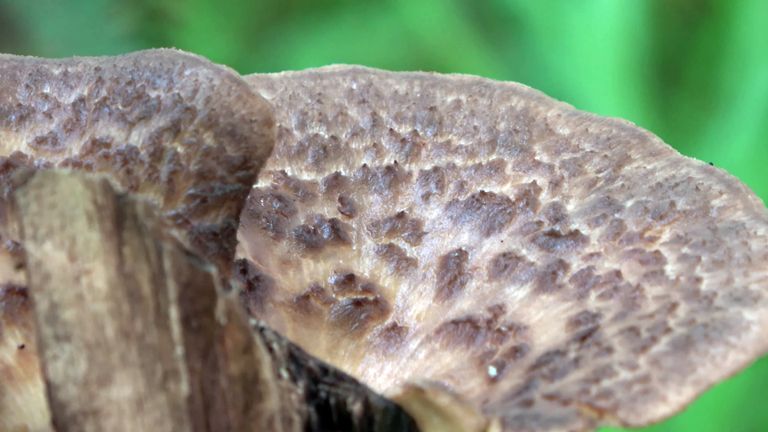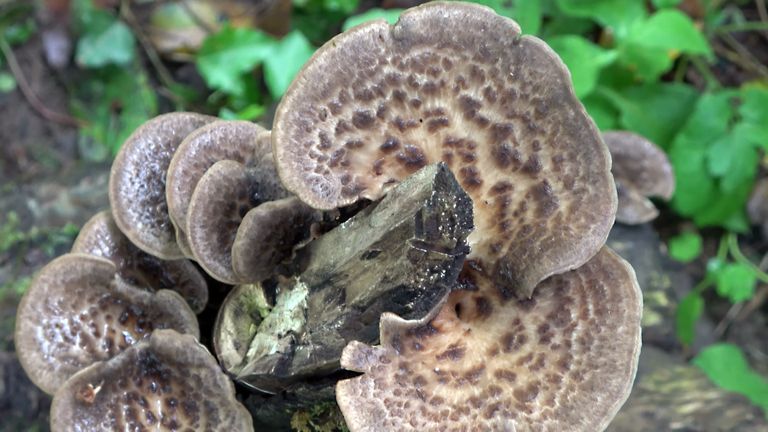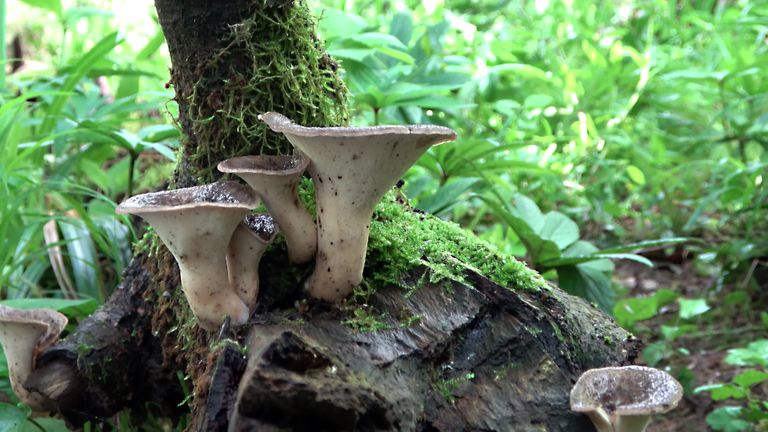
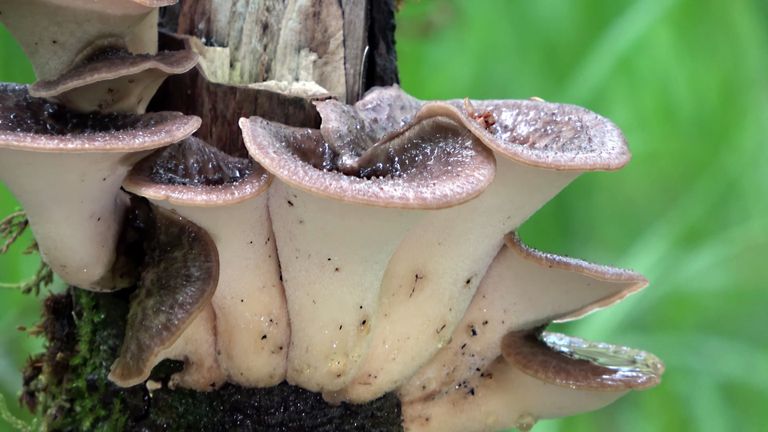
Although this species of arboreal fungus occurs almost all over Europe, it is an extremely rare species. It is included in the Red List of Endangered Species in many countries.
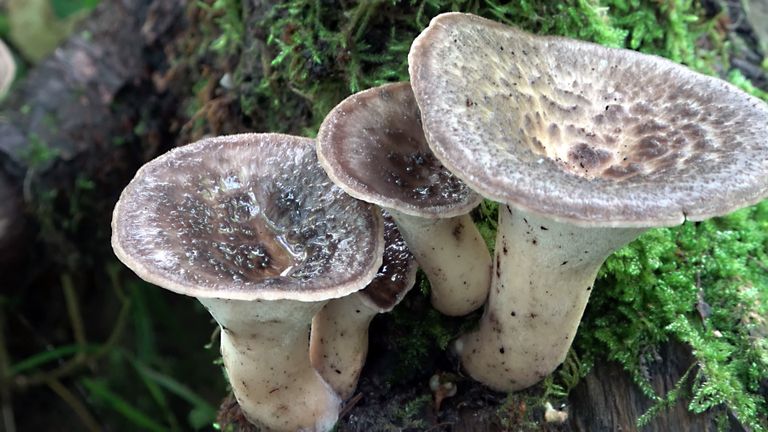
Young fruiting bodies of Polyporus tuberaster
They have a characteristic shape resembling nodules
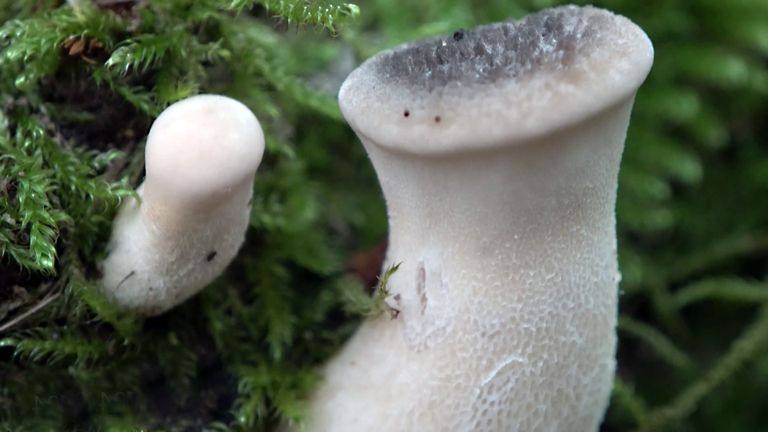
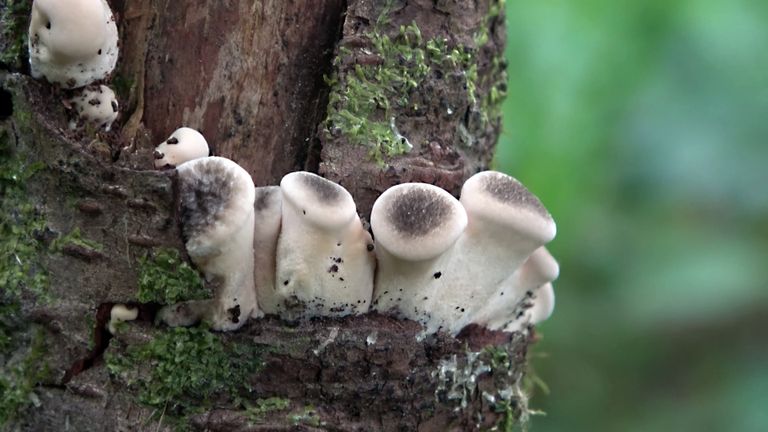
His hat can reach a diameter of up to 12-15 cm. the shape of the fruiting body is usually funnel-shaped, but young specimens take the form of nodules, wider at the top. On the other hand, older fruiting bodies may be flattened and spread out. The surface of the hat is felt with dark brown or ocher scales. The hymenophore of the fungus is in the form of off-white tubes.
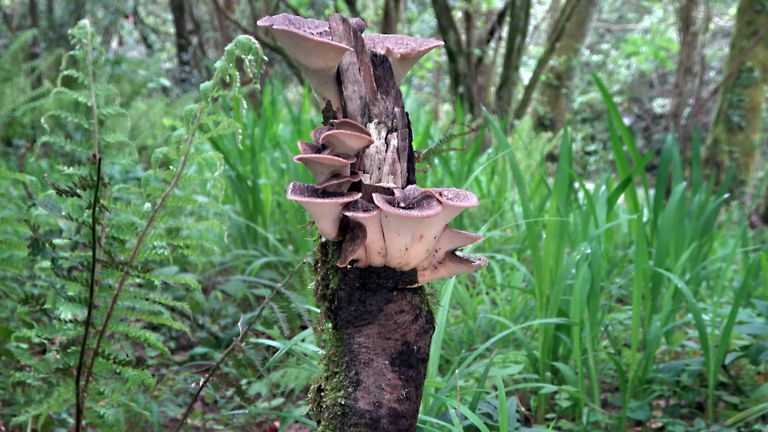
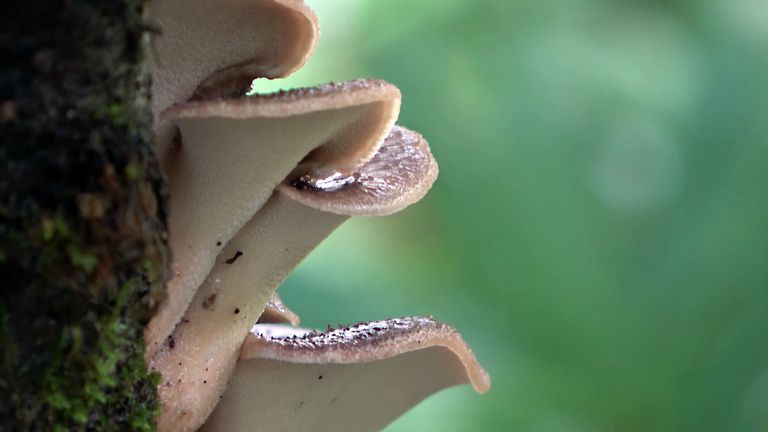
The leg can be up to 8 cm high and 1.5 cm thick. It is usually located centrally. It is slightly hairy, the color of the leg is ocher, whitish.
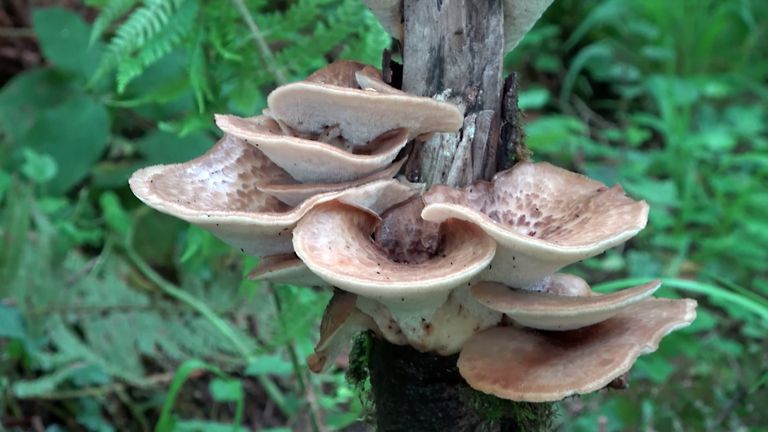
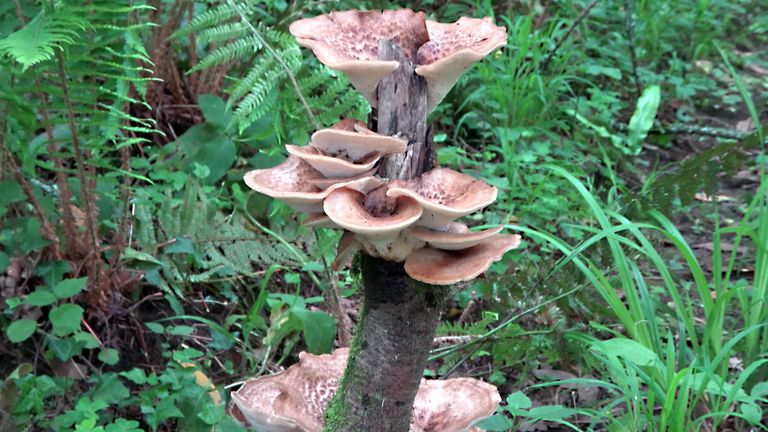
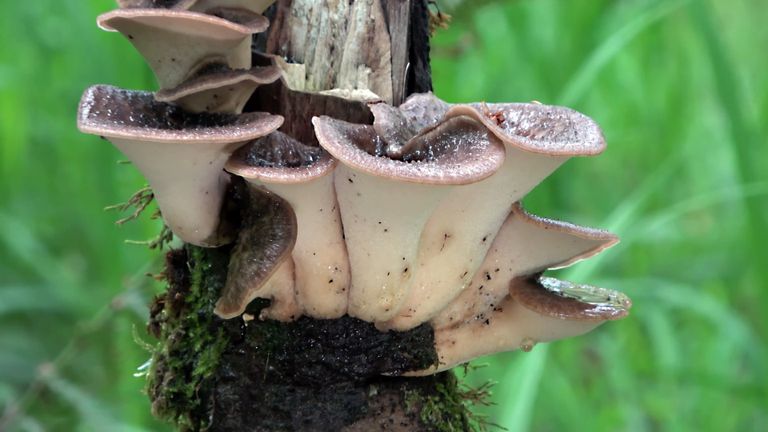
Medicinal properties of this mushroom?
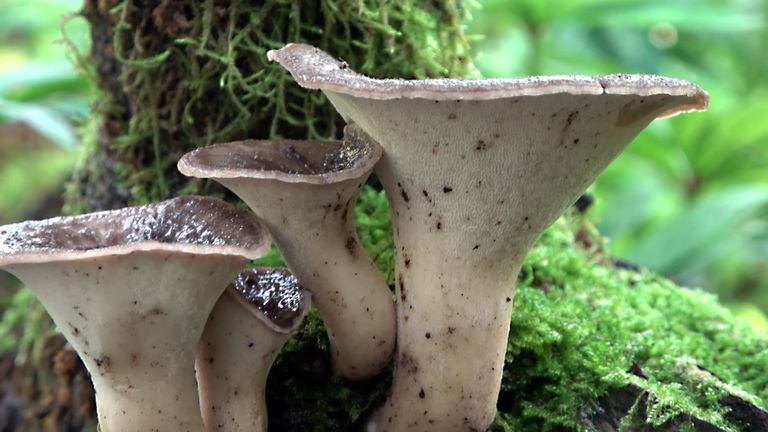
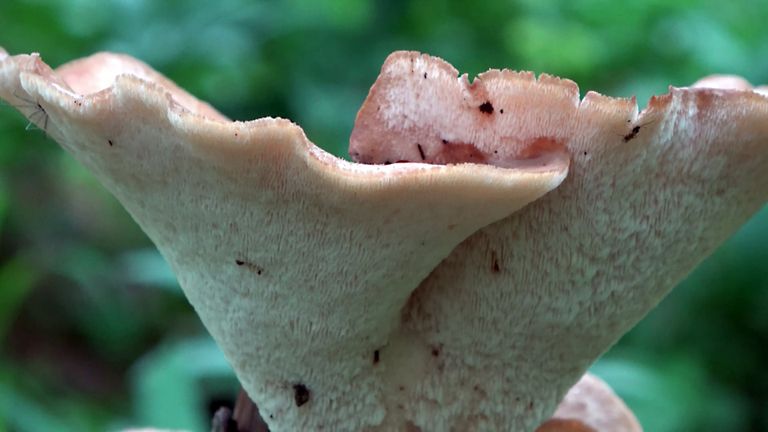
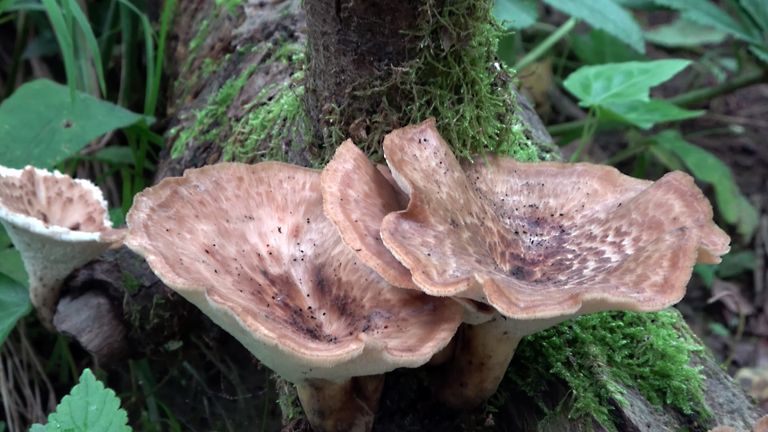
In many countries of southern Europe, young fruiting bodies were eaten and even bred. They were also believed to have health properties, as they were supposed to support the treatment of tuberculosis.

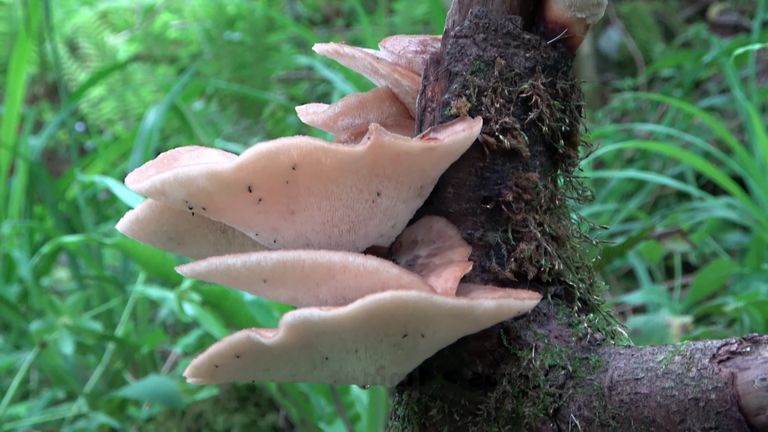
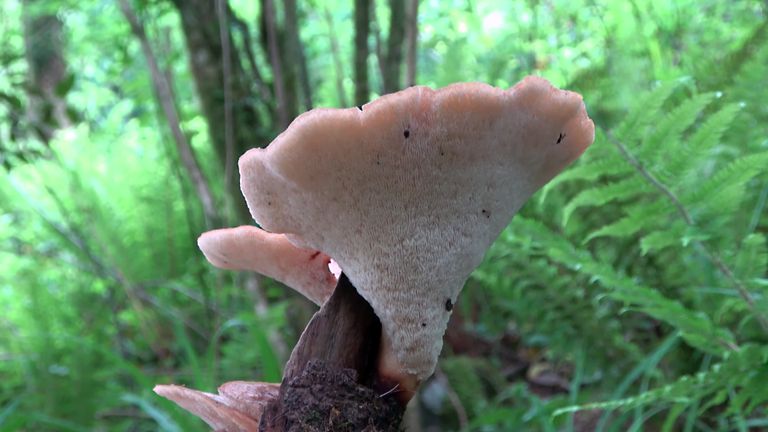
The mushroom flesh changes its texture and physical properties with the age of the mushroom. It is elastic and fleshy at first, but becomes tough and stringy with age. It has a whitish color but does not have a distinct taste or smell. Interestingly, the fungus appears in many sources as inedible, probably due to the consistency and hardness of mature fruiting bodies, but it does not contain any toxic or poisonous substances.
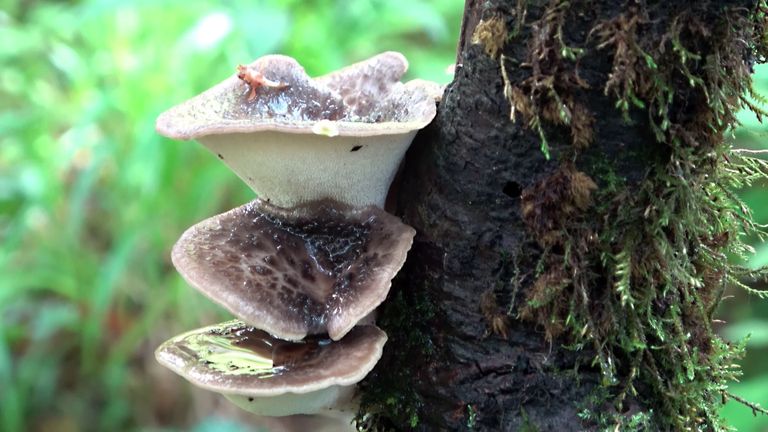
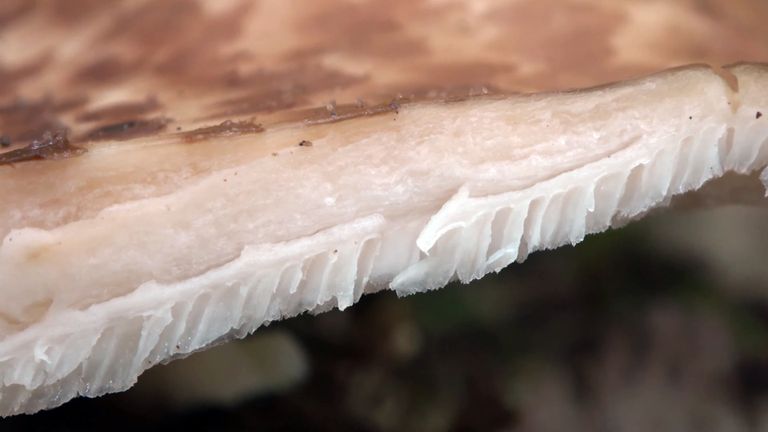
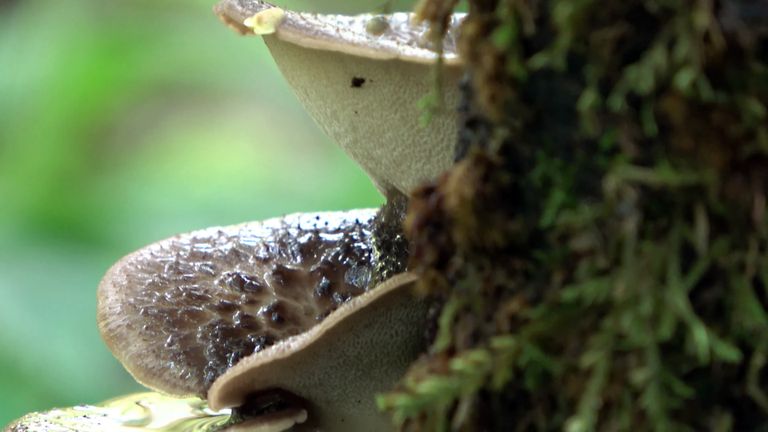
Where to look for this species of mushroom?
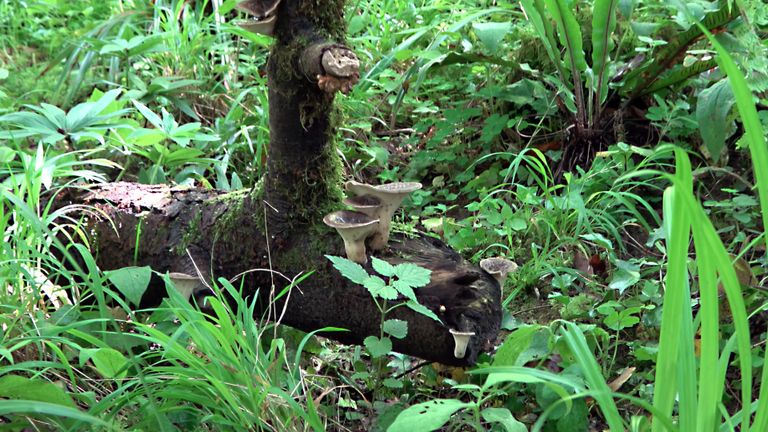

Polyporus tuberaster appears in deciduous and mixed forests, mainly on oak, beech and elm wood. It most often develops in buried or lying wood. You can often find the fungus in parks, cemeteries, and gardens. In southern Europe, fruiting bodies can already be found in June, and they grow until October.
